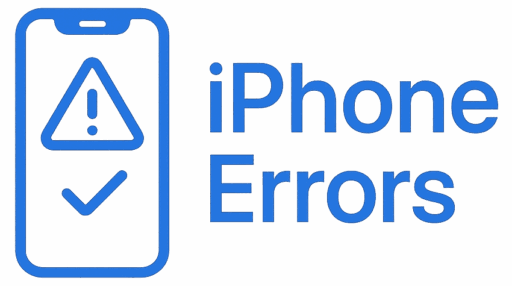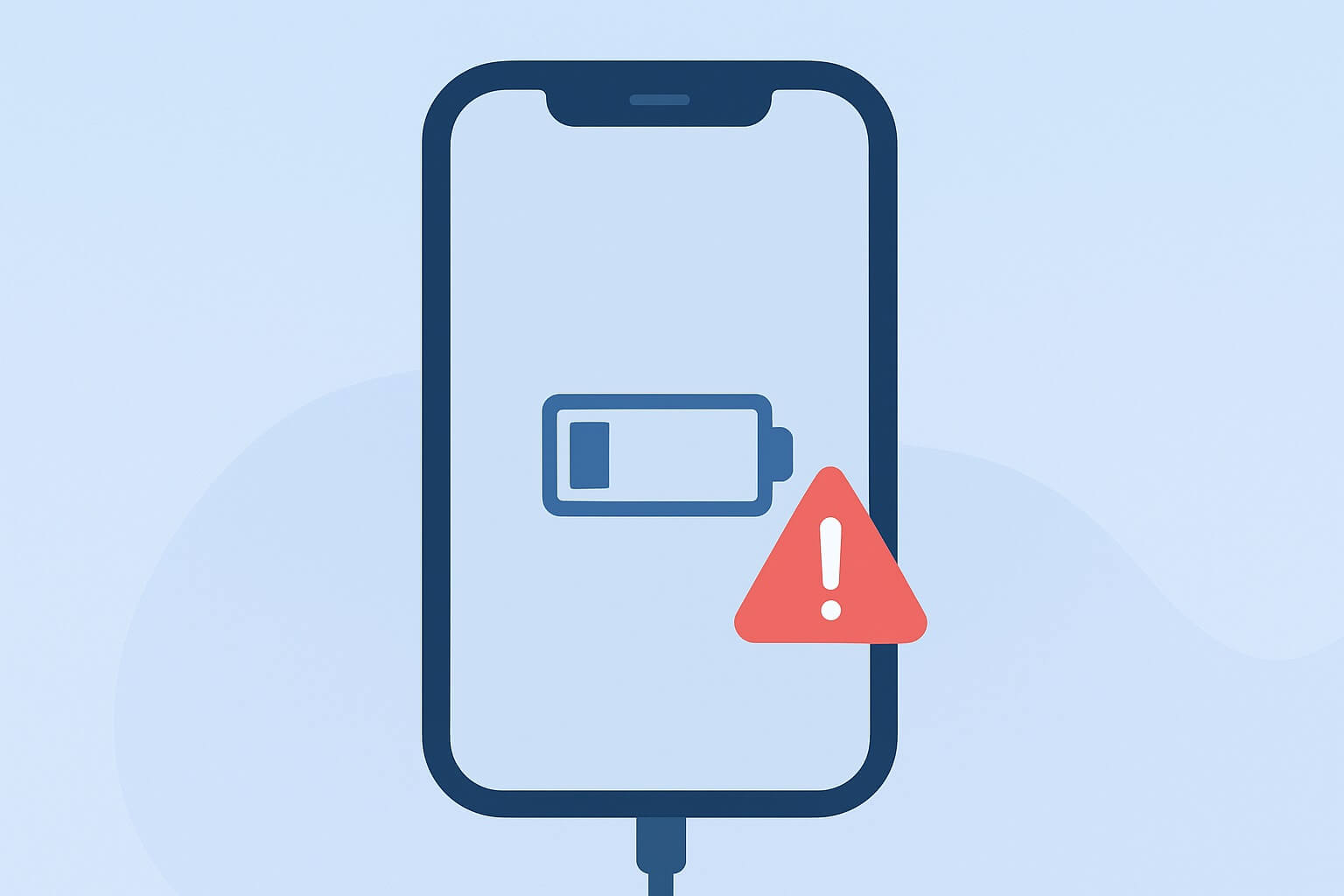Updated: October 2025
Few things are more alarming than plugging in your iPhone and seeing “Liquid Detected in Lightning Connector.”
Even though modern iPhones are water-resistant, they’re not fully waterproof. Whether you dropped your iPhone in the sink, got caught in the rain, or spilled your coffee, moisture in the Lightning port can stop charging and even cause permanent damage if handled incorrectly.
This guide covers everything you need to know — from safe drying methods to what NOT to do — all updated for iOS 26.
⚠️ Understanding the “Liquid Detected” Alert
When iOS senses moisture or corrosion in the Lightning connector, it automatically disables wired charging to protect internal circuits.
The “Liquid Detected in Lightning Connector” alert is your phone’s way of saying:
“Stop — don’t plug it in yet.”
Common Causes:
- Rain or accidental splashes
- Sweat from workouts
- High humidity
- Charging after a swim or shower
- Using your iPhone in damp environments (like bathrooms)
💧 Step-by-Step: How to Safely Dry Your iPhone’s Lightning Port
1. Unplug Everything Immediately
Remove the Lightning cable, earphones, or any accessory right away. Continuing to charge may short-circuit internal components.
2. Gently Tap Out Excess Moisture
Hold your iPhone with the Lightning port facing down and gently tap it against your palm to help drain any trapped water.
3. Air Dry — The Right Way
Place your iPhone in a dry, ventilated area (not under direct sunlight).
Let it air dry for at least 30 minutes to 1 hour.
If the warning persists, wait up to 24 hours.
🧠 Pro Tip: Use a small fan or air conditioner breeze for faster evaporation — but never use a hairdryer or compressed air.
🚫 What NOT to Do
Many users make critical mistakes trying to “fix” this faster. Avoid these at all costs:
- ❌ Don’t use rice — it introduces dust and starch.
- ❌ Don’t insert cotton swabs or paper towels — they push moisture deeper.
- ❌ Don’t use a hairdryer — hot air can warp the seals and cause more damage.
- ❌ Don’t charge immediately — even a tiny amount of moisture can short-circuit.
⚙️ Try Wireless Charging Instead
If your iPhone supports MagSafe or Qi wireless charging, use it while waiting for the Lightning port to dry.
Wireless charging works independently of the port and is safe as long as both the back glass and charging pad are completely dry.
🧽 Advanced Fix: Cleaning the Lightning Port
Once your iPhone is fully dry (after at least 24 hours), check for:
- Lint or corrosion inside the port
- Rusty pins or greenish discoloration
If visible, use a soft, dry toothbrush or antistatic brush to gently clean the port.
For stubborn corrosion, professional servicing is recommended.
🧠 When to Contact Apple Support
If you’ve followed all steps and still see the warning or your iPhone refuses to charge:
- Contact Apple Support or visit an Apple Authorized Service Provider.
- If your device is under warranty or AppleCare+, repairs for water damage may be partially covered.
🌊 Bonus Tip: Prevent Future Moisture Damage
- Avoid charging in humid places like bathrooms or near kitchens.
- Keep your phone away from steam or sweat.
- Use a water-resistant case when hiking or traveling.
- Carry a small drying pouch or silica gel pack in your bag — a must for tropical climates.
🔗 Related Articles
- Why Your iPhone Keeps Dropping Calls (2025 Fixes That Actually Work)
- iPhone Charging Port Not Working? 10 Proven Fixes You Can Try at Home
- Why Your iPhone Keeps Dropping Calls (2025 Fixes That Actually Work)
🛠️ Final Thoughts
Apple’s water resistance rating (IP68) is great — but it doesn’t make your iPhone waterproof.
Even small droplets in the Lightning port can stop charging and trigger false errors.
By following this guide, you can safely dry your iPhone, protect your data, and prevent corrosion.
⚠️ Disclaimer
This guide is for educational purposes only. If your iPhone shows persistent “Liquid Detected” alerts or charging issues, contact Apple Support or a certified technician for professional assistance.


Leave a Reply